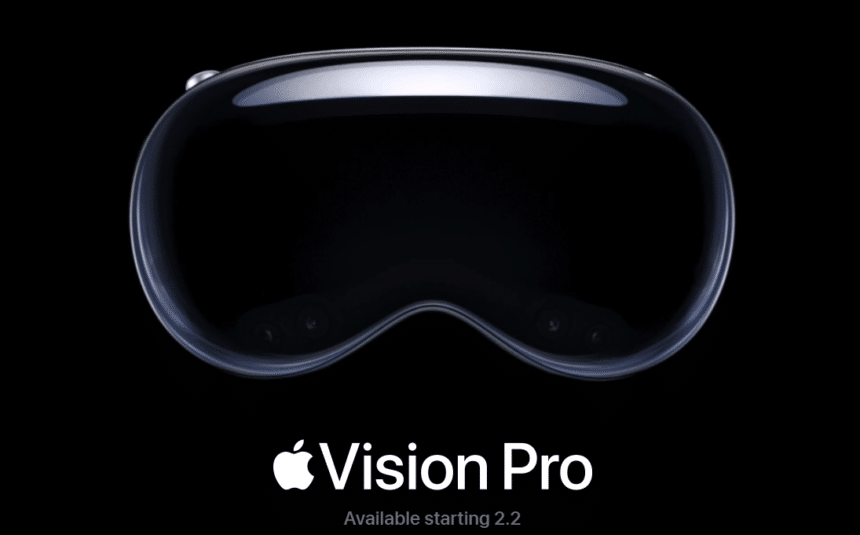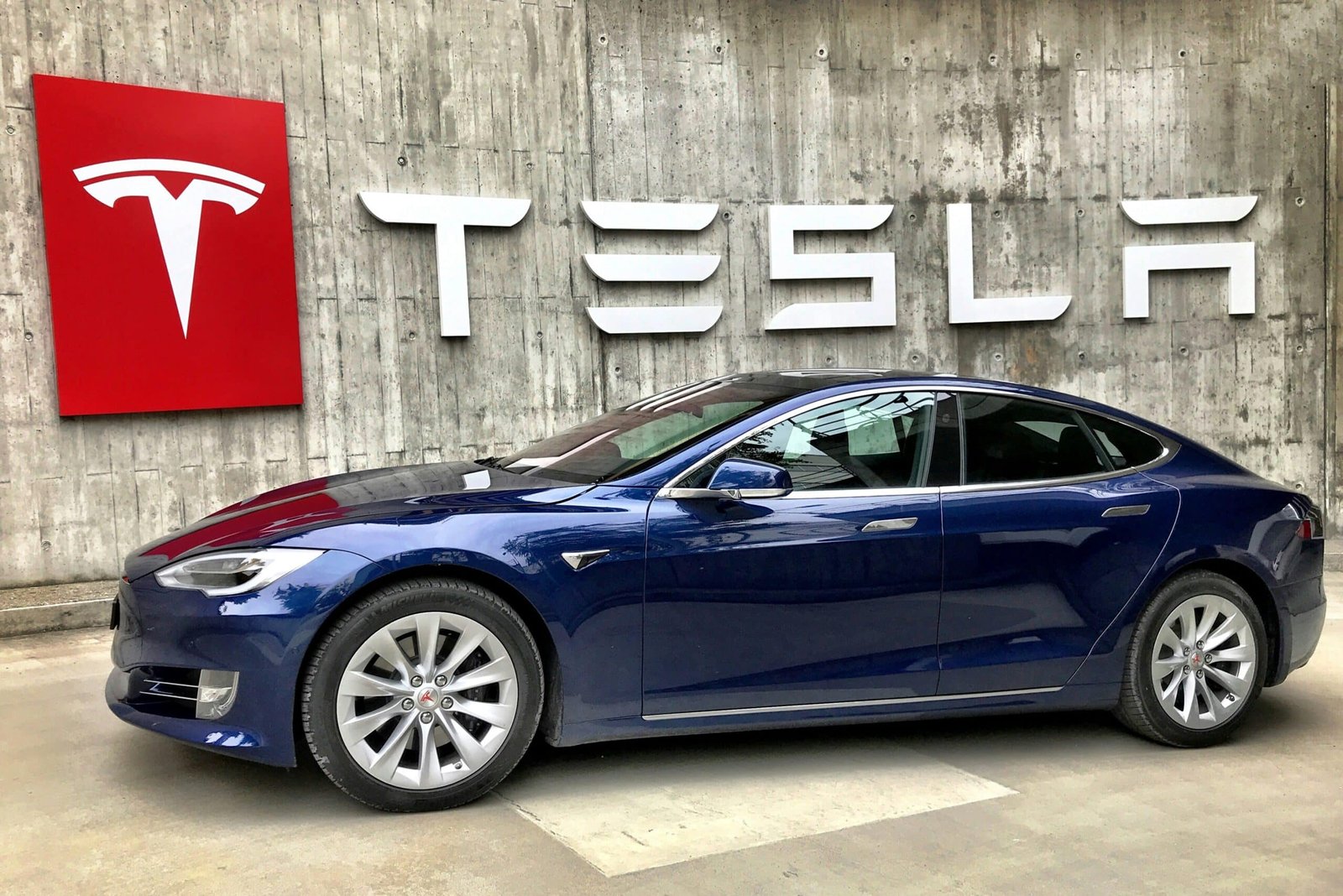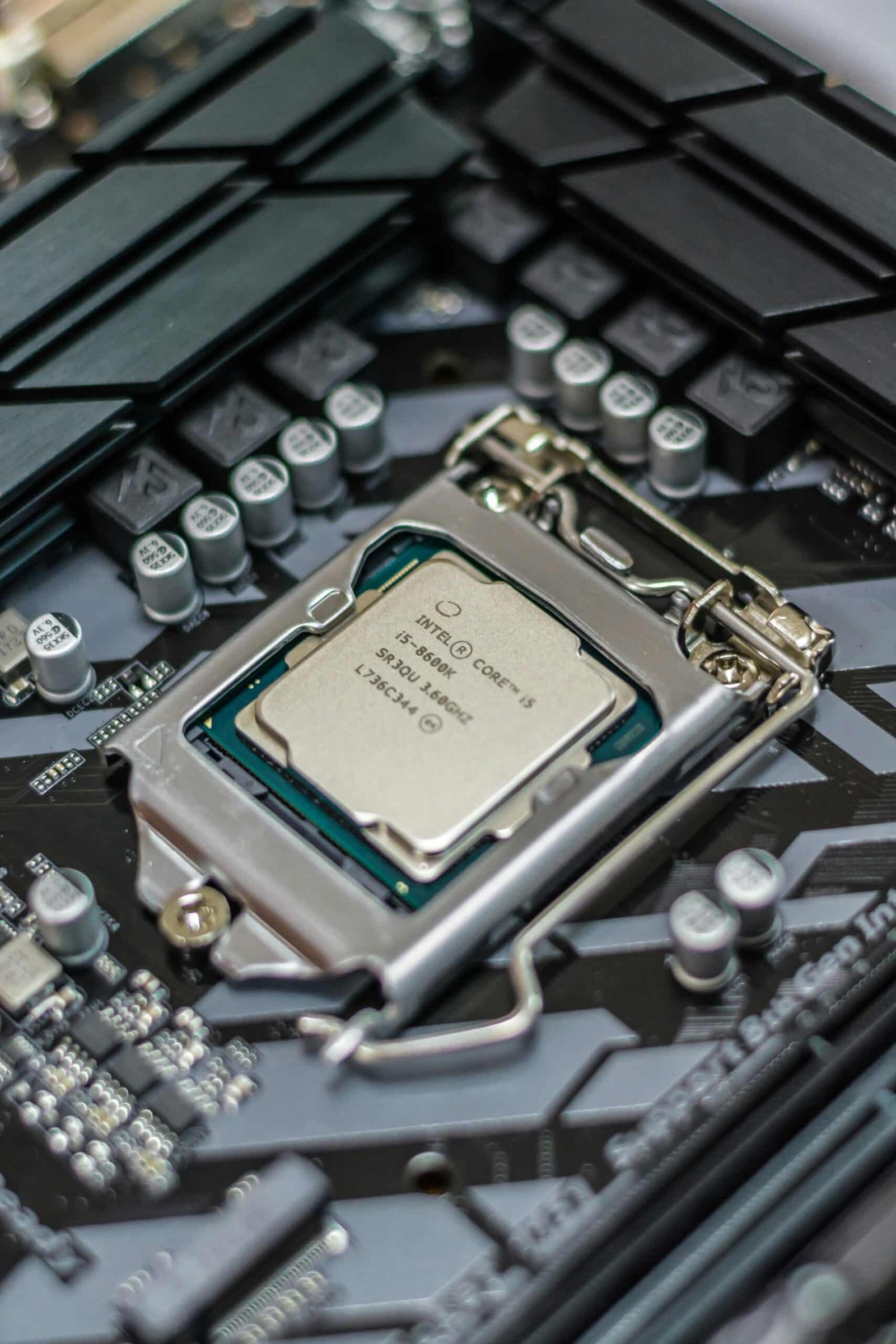Apple Vision Pro | Introduction
In the ever-evolving landscape of technology, Apple’s foray into the realm of spatial computing with the Vision Pro has sparked unprecedented excitement. As we plunge into the intricacies of this groundbreaking face computer, our goal is to furnish a thorough analysis, delving beyond the superficial to present a comprehensive view of its features, potential applications, and market impact.
Apple’s Vision Pro: A Paradigm Shift in Face Computing
The core of the Vision Pro lies in its cutting-edge high-resolution displays, coupled with sensors adept at tracking eye movements and hand gestures. Unlike its predecessors, Apple’s ambitious creation promises to seamlessly blend digital data with the physical world, ushering in an era of spatial computing.
Navigating Skepticism: A Closer Look at Design and Pricing
Despite the technological marvel, skepticism looms, largely fueled by the device’s design and its staggering $3,500 price tag. In this section, we dissect the aesthetics and pricing strategy, shedding light on whether Apple’s Vision Pro can transcend these barriers and become a mainstream sensation.
Retrospective Analysis: Learning from Past Face Computers
Google Glass: A Glimpse into the Past
In 2012, Google Glass made its debut, attempting to pioneer mixed-reality headsets. However, privacy concerns and a less-than-fashionable design led to its eventual demise in 2023. Drawing lessons from this, we evaluate how Apple’s Vision Pro navigates the pitfalls that befell Google’s ambitious project.
Smartphone-Powered Virtual Reality: Pitfalls and Progress
The tech industry’s earlier attempts at virtual reality through smartphone-powered headsets, exemplified by Gear VR and Daydream VR, faced challenges such as overheating and gimmicky applications. This section examines how Apple’s Vision Pro addresses these issues and positions itself in the virtual reality landscape.
Overcoming Challenges: Apple’s Unique Approach
Stand-alone Headsets and Mixed Reality
Meta’s Quest series, with its stand-alone headsets, has come close to mainstream success but falls short. How does Apple differentiate its Vision Pro in terms of design, functionality, and user experience? We delve into these aspects, highlighting the unique features that set Apple’s offering apart.
Battery Life and Weight: Striking the Right Balance
One of the critical challenges faced by face computers is the compromise between battery life and weight. In this section, we dissect the Vision Pro’s 21-ounce weight and its two-hour battery life, exploring whether these factors hinder its practicality in real-world usage scenarios.
The Future of Apple’s Vision Pro: Potential Applications and Market Impact
In this final section, we project the potential future of Apple’s Vision Pro. Can it truly replace laptops and become a ubiquitous tool in our daily lives? We explore its applications in productivity, entertainment, and gaming, forecasting its impact on the market and user adoption.
Conclusion
As we conclude this comprehensive exploration of Apple’s Vision Pro, it is evident that the face computer landscape is at a crossroads. Apple’s foray into spatial computing brings both excitement and skepticism. This article has aimed to provide an exhaustive analysis, positioning it to be a valuable resource for those seeking an in-depth understanding of the Vision Pro and its potential impact on the tech industry. Achieve a deeper understanding of Apple’s Vision Pro, its challenges, and its potential by navigating through the intricacies of this comprehensive article.
Click Here to Read More Articles: truereviewmagazine.com










